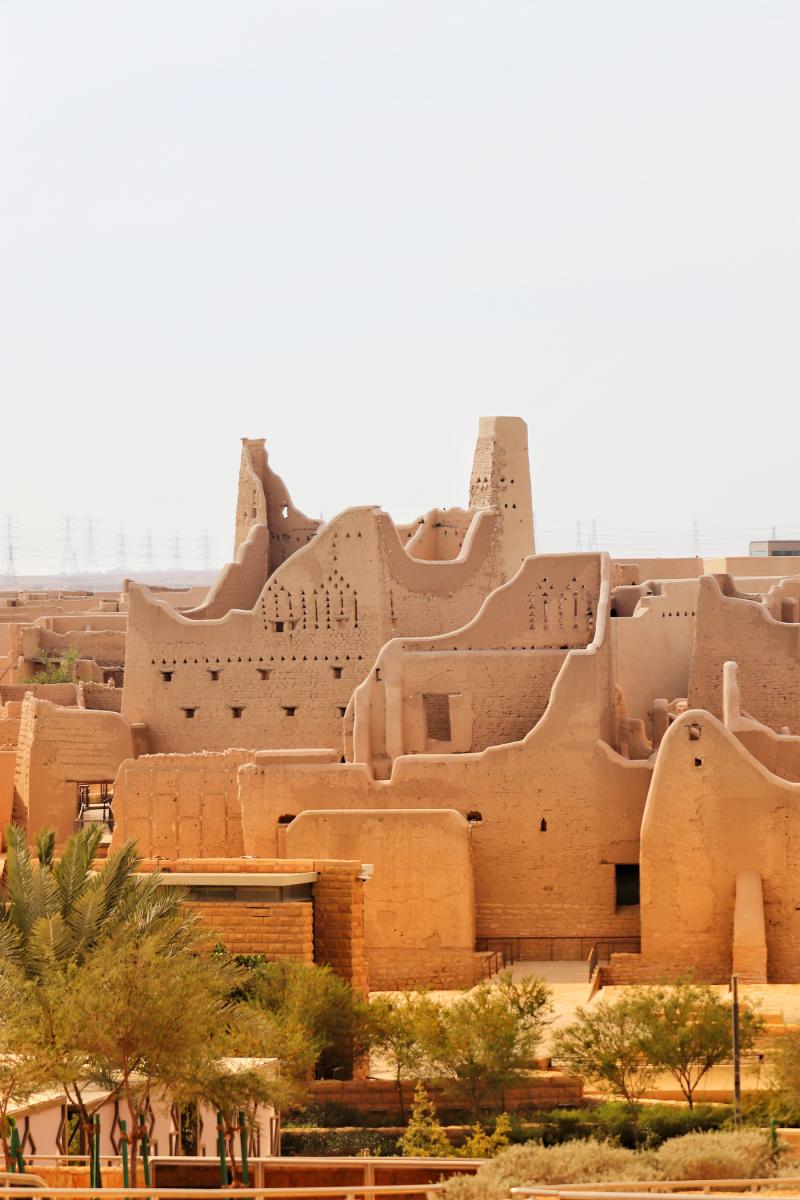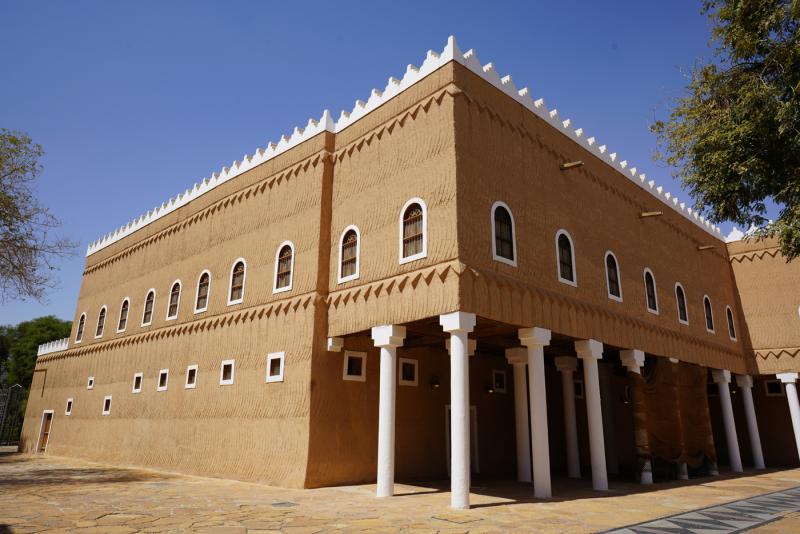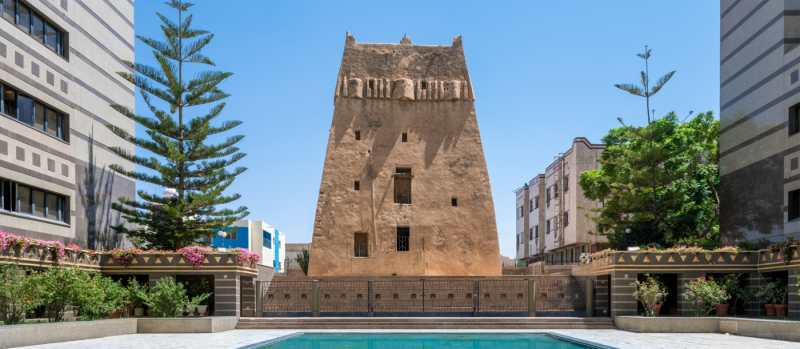5 Monuments Illustrating Saudi Arabia’s Captivating History
5 Monuments Illustrating Saudi Arabia’s Captivating History
Several beautiful palaces have become beacons of the Kingdom’s story

History is written in a nation’s culture, traditions, folklore, food, songs, and crafts, and it is also found in its landmarks – its buildings, homes, and in Saudi Arabia, in the glory of the incredible palaces.
The peoples’ pride in the Kingdom and its rich history, is celebrated each year on Saudi National Day, taking place every September 23. And in this piece, we will be looking at the history of five of the most famous palaces in the Kingdom.
1. King Abdulaziz Red Palace
If you ask those who live in Riyadh about the city’s most prominent landmarks, the Red Palace would probably be at the top of the list. It is said that this historical building was built in the early 1940s, in the Al-Fouta neighborhood of the city, by King Abdulaziz for his son, the then crown prince and heir to the throne. Today, the palace, which has over a dozen suites, functions as a museum, its doors open to the public, offering a glimpse into the Kingdom’s past.


2. Salwa Palace
In Ad Diriyah, a city located in the Najd region of Saudi Arabia, is another stunning historical site, Salwa Palace. Comprising several architectural units that were built in successive stages, this palace is said to be the largest single structure in Ad Diriyah, rising some four stories high and spread over an area of around 5,000 square meters.
Step into the space and you’ll notice its unique design, built in distinctive Najdi architectural style. The main materials used to build the Salwa Palace include mud bricks, wood logs, and straw. The stunning structure with its intricate details and unique façade is said to have been the first home of the Imams during the First Saudi State. In fact, many believe that construction of the palace was completed by Saud ibn Abdul Aziz ibn Muhammad ibn Saud, who was Imam from 1803 to 1814.

3. Al Murabba Palace
In Riyadh, just minutes from the city’s renowned National Museum, is the captivating Murabba Palace. The architectural form of this historic structure is obvious from its name, Al Murabba, which means “the square” in Arabic. A 400-by-400-meter building, Al Murabba Palace is the first building to have been erected outside of the old city’s walls, built from 1936 to 1945 by King Abdulaziz. Its architectural style followed traditional Najdi style, featuring a central courtyard and walls built using layered palm fronds. The palacewas eventually converted into a museum, and today is filled with memories of the late king, such as his personal belongings and photographs. The more modern element of an elevator was installed in the palace in 1948 as the King’s arthritis advanced, this elevator was the first in the entire Kingdom.

4. Khuzam Palace
When it comes to enchanting, Khuzam Palace does not disappoint. An architectural wonder built in 1932, Khuzam Palace was the home of King Abdulaziz bin Abdul Rahman Al Saud, the first monarch and founder of Saudi Arabia. Located in the Red Sea city of Jeddah, the palace is known as the first in the Kingdom to have been built using cement and iron. Other materials used were timber and hard limestone, sourced from the Red Sea coast. After the death of King Abdulaziz in 1953, the palace, whose name is said to have been inspired by a certain kind of tulip, was eventually used as administrative offices, and in 1981, it was transformed into the Jeddah Regional Museum of Archaeology and Ethnography.

5. Shadda Palace
No exploration of the Kingdom’s palaces would be complete without a look at one in Abha, the capital of Saudi Arabia’s Asir region. Shadda Palace, which was built around 1820, was occupied by the royal family up until 1927. The structure is mostly made of mud and wood, and a walk around the space reveals high walls and no windows, deliberate design choices that are said to have been for privacy. Today, Shadda Palace functions as a museum, filled with artifacts, traditional handicrafts, furniture, and more.













